
Day 1: Friday, January 26, 2023: My Garden
My friend from Canada, Lynne, were picked up at her hotel in Arusha on the afternoon of January 26, 20024. I took her to my house and we were supposed to be birding for 2 days before my Swedish friends arrived for my standard 2 week Usambara trip. We were at my place around 16:30 and had time for a little garden birding. Here are some of the birds we recorded in my garden the first afternoon: Vitelline Masked Weaver, Red-billed Firefinch, Village Indigobird, Variable, Scarlet-chested and Collared Sunbird, Ring-necked Dove, Northern Grey-headed Sparrow, Spotted Palm Thrush and Red-cheeked Cordon-bleu.
Day 2: Saturday, January 27: Lake Duluti, Ngarasero Lodge and Kalinga Forest
We did not stess that morning and arrived at Lake Duluti around 07:30. We walked around the lake and here are some of the birds we encountered: Silvery-cheeked Hornbill, Speke´s and Taveta Weaver, White-breasted and Reed Cormorant, Grey Olive Greenbul, Rüppel´s Robin Chat, Black-throated Wattle-eye, Malachite and Giant Kingfisher, Thick-billed Weaver, Grey-backed Camaroptera, Speckled Mousebird, African Paradise Flycatcher, Spectackled, Baglafecht and Village Weavers, Yellow-billed Kite and Dark-capped Bulbul. We had breakfast at the parking space and continued to Ngarasero Lodge after Breakfast. Here are some of the birds we encountered there (very quiet): Common Moorhen, Reed Cormorant, Little Grebe, Hadada Ibis and Placid Greenbul. We had lunch in Usa River and after lunch Lynne wanted to buy some handcrafted baskets. After the shopping we continued to Kalinga Forest. Also very quiet, but we got a few birds: Narina Trogon, Crowned Hornbill and Brown-hooded Kingfisher. On the way home on Kiligolf, we added Common Sandpiper and Three-banded Plover.
One picture from Day 2

Narina Trogon, Apaloderma narina, Kalinga Forest, Usa River
Day 3: Sunday, January 28: Arusha NP
We picked up Crested Francolin on Kiligolf. We were at the gate of Arusha NP at around 7:30. The weather were nice and I were looking for a very productive day. It started very well on our way to the museum and at the museum. Here are some of the species we picked up: African Stonechat, Moustached Grass Warbler, Cinnamon-chested Bee-eater, Spot-flanked Barbet, Trilling Cisticola, Mountain Wagtail, Black Crake, Little Grebe, Yellow-breasted Apalis, Black-headed Heron, Black-headed Apalis, White-eyed Slaty Flycatcher, Amethyst Sunbird, White-eared Barbet, Hartlaub´s Turaco, Retz´s Helmetshrike, Chinspot Batis, Mountain Greenbul and Forest Batis. We started up Ngaramtoni Crater and did both the left and the right roads before we ended up at the picnic site. It were quite windy and from experience, the activity is very low when it is windy. We only added African Dusky Flycatcher, Emerald-spotted Wood Dove and Grey Crowned Crane to our list before we were back at the museum. On the way to the lakes we flushed a Crowned Eagle otherwise nothing before we got to the open plains before the lakes. There we added Black-backed Puffback, Red-billed Oxpecker, Northern Fiscal Short-winged Cisticola and White-necked Raven. We continued towards the new picnic site and got Blacksmith Lapwing, Cape Teal, Rufous-naped Lark, Wood Sandpiper, Three-banded Plover, Winding Cisticola and Baglagecht Weaver (in a nest). At the lakes: Lesser and greater Flamingo, Ruff, Little Stint, Brown-hooded Kingfisher, Rattling Cisticola, Common House Martin, Brown-throated Martin, White-rumped Swift, Black-winged Stilt, Pied Avocet and African Hoopoe. We headed up Mt. Meru, but it were again very quiet. These are the few birds we added: Black Saw-wing, Crowned Eagle, African Black Duck and Grey Wagtail. Dilenga and I saw Broad-ringed White-eye several times, but Lynne never got a good view. Both at our picnic site at the waterfall and at the Fig tree it were very silent. On the way out we found a couple of Scaly Spurfowls having a dust bath and on Little Serengeti a Grey Heron. The day started so promising, but due to the wind, it turned out rather disappointing. On the way home we picked up a pair of African Grey Hornbills. The Swedish couple arrived late that night since the man had already run out of memory cards on their Safari in Ngorongoro and Serengeti. Not an easy thing to get in Tanzania, but he succeeded. We all had dinner and retired early to bed.
Some pictures from Day 3:

Moustached Grass Warbler, Melocichla mentalis

Black-headed Apalis, Apalis melanicephala, Endemic to Coasta SE Africa

Retz´s Helmetshrike, Prionops retzii

Hartlaub´s Turaco, Tauraco hartlaubi, Endemic to East Africa
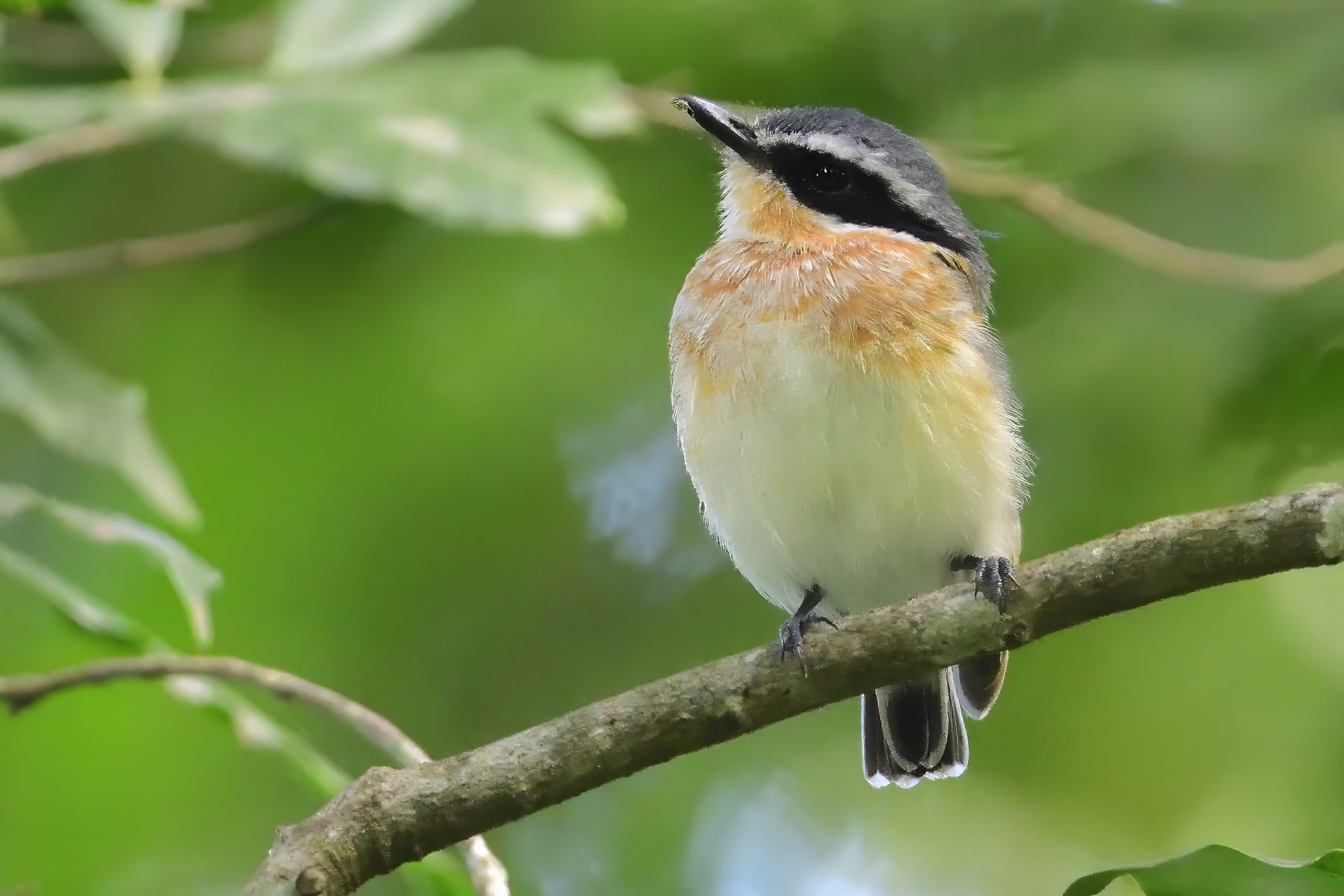
Forest Batis, Batis mixta, Endemic to Coastal E Africa

Three-banded Plover, Charadrius tricollaris

Winding Cisticola, Cisticola marginatus
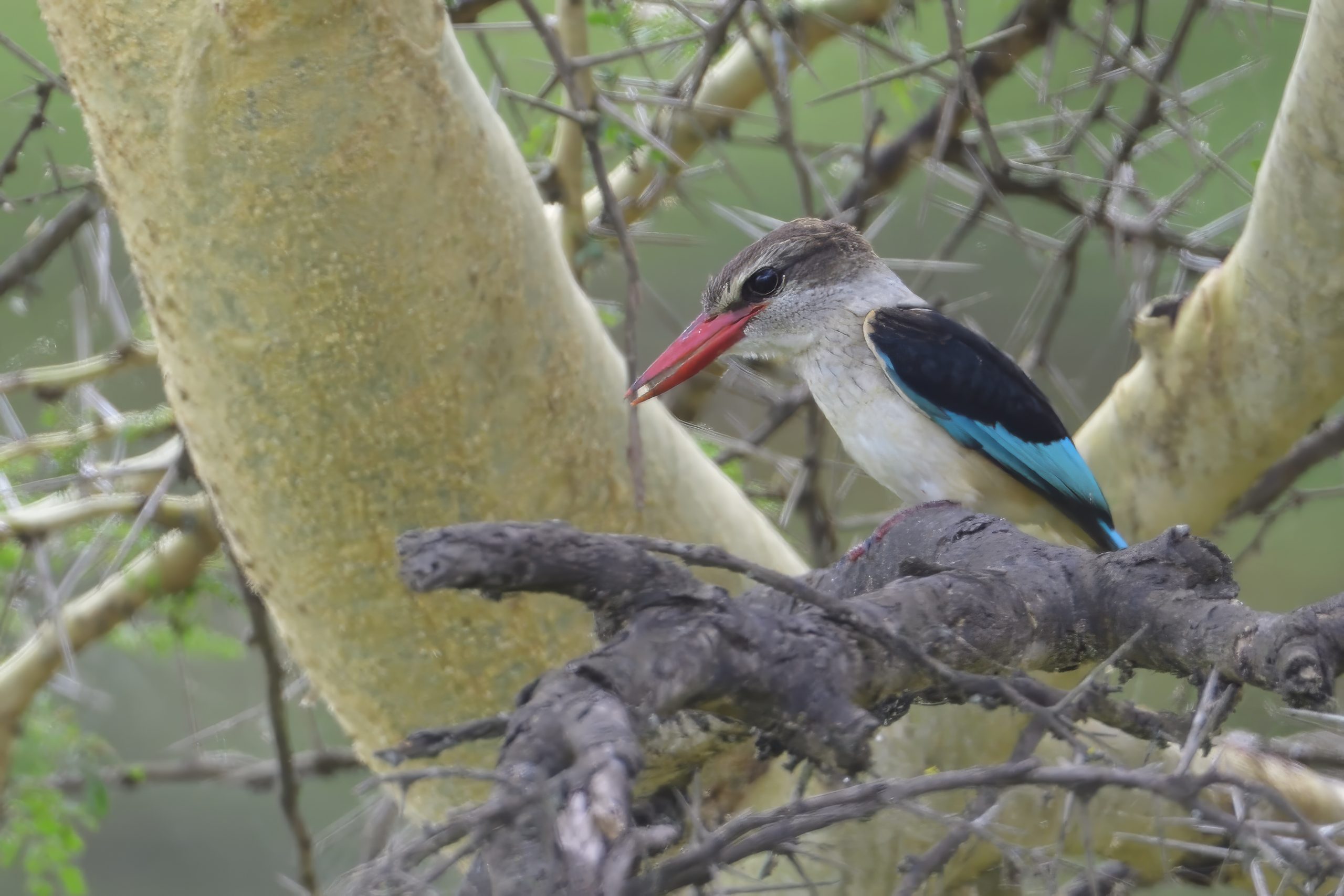
Brown-hooded Kingfisher, Halcyon albiventris

Ruff, Calidris pugnax

African Hoopoe, Upupa africana

Grey Wagtail. Motacilla cinerea
Day 4: Monday, January 29: Kiligolf
We were supposed to bird all morning on Kiligolf and started off with Coffe at 06:45. We started ticking birds in my garden and here are some of the birds we registered before breakfast: Red-billed Firefinch, Collared Sunbird, Spotted Palm Thrush, Red-eyed Dove, Hadada Ibis, Grey-backed Camaroptera, Dark-capped Bulbul, African Goshawk, Blue-naped Mousebird, Rattling Cisticola, Ring-necked Dove, White-browed Coucal, Red-cheeked Cordon-bleu, Slate-colored Boubou, Red-faced Crombec, African Grey Flycatcher, Lesser Striped Swallow, Superb Starling, Southern Citril, Red-chested Cuckoo, Sombre Greenbul, Speckled Mousebird, Buff-bellied Warbler, Reichenow´s Seedeater, Yellow-fronted Canary, Brown-crowned Tchagra, Thrush Nightingale, Green Sandpiper, Arrow-marked Babbler, Tropical Boubou, Thick-billed Weaver, Pied Kingfisher, Brown-breasted Barbet, Tawny-flanked Prinia, Red-faced Cisticola, Three-banded Plover, Common Sandpiper, Purple Grenadier, Cardinal Woodpecker, Chinspot Batis, Rüppel´s Robin-Chat, African Pied Wagtail, Yellow-breasted Apalis and Wattled Starling. My friends were slow birders, so I had to cut the morning walk short in order to be back in time for breakfast. After breakfast, we just relaxed and looked for birds in the garden. We added: Green-winged Pytilia, Variable Sunbird, Village Indigobird, Scarlet-chested Sunbird and Northern Grey-headed Sparrow. We had lunch and added Crimson-rumped Waxbill, Vitelline Masked Weaver and Laughing Dove to our garden list. After lunch, we drove up to the Club House and did my normal birding loop there, We started at around 16:15, but it were still too hot and very little activity. Here are some of the birds we registered on our afternoon walk: African Grey Hornbill, Long-tailed Fiscal, Little Swift, Little Bee-eater, Red-backed Mannikin, Bronze Mannikin, European Honey Buzzard, Helmeted Guineafowl, Mourning Collared Dove, White-bellied Go-away-bird and Magpie Shrike. My friends walked with Dilenga back to my house and I drove the car back. The only new bird for the day they discovered were a Gabar Goshawk. We freshened up, had an early dinner and retired to bed.
Some pictures from Day 4:

African Grey Flycatcher, Melaenornis microrhynchus, Endemic to NE Africa

Brown-crowned Tchagra, Tchagra australis
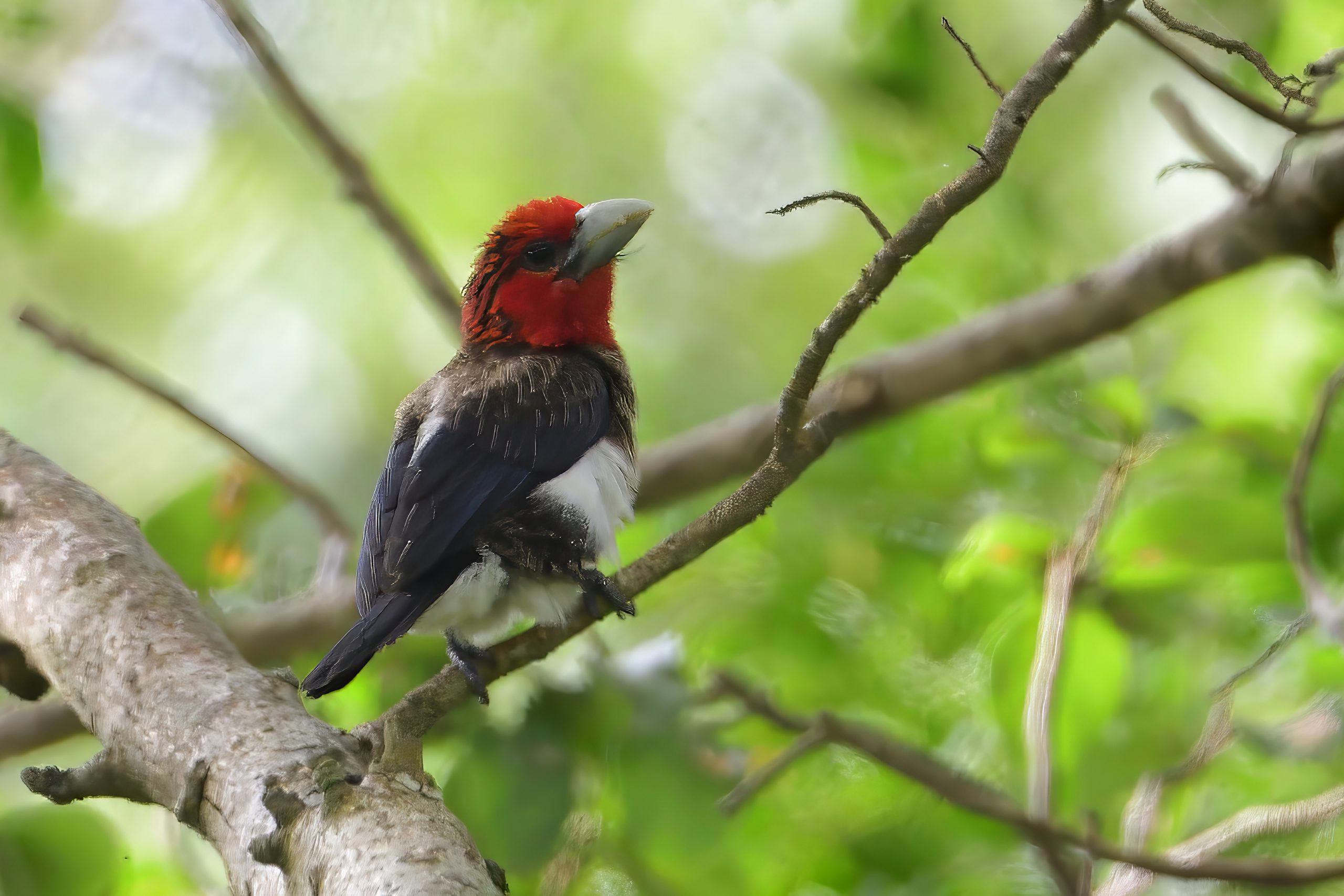
Brown-breasted Barbet, Lybius melanopterus, Endemic to E Africa

Thick-billed Weaver, Amblyospiza albifrons

Cardinal Woodpecker, Dendropicos fuscescens

Long-tailed Fiscal, Lanius cabanisi, Endemic to NE Africa

European Honey Buzzard, Pernis apivorus

Magpie Shrike, Urolestes melanoleucus
Day 4: Tuesday, January 30: Lark Plains, Oldonyo Sambu and Lengijave
We had an early start and were at the Lark Plains around 07:30. On the way to the Beesley´s Lark spot, we found amongst others: Foxy Lark, Pied Wheatear, White-browed Scrub Robin, Fischer´s Sparrow-Lark, Taita Fiscal, Capped Wheatear, Hildebrandt´s Starling, Crowned Lapwing, Chestnut-bellied Sandgrouse, Red-capped Lark, Isabelline Wheatear, African Pipit and Tawny Eagle. We parked the car and walked over to my Masai friend Saruni. Before we got to them Dilenga found a pair of Beesley´s Lark. We looked for Short-tailed and Athi Short-toed, but could not locate them, so we walked back to the car. We drove slowly towards Saruni´s Booma and picked up the following species: Kori Bustard, Short-tailed Lark, Pygmy Falcon, Grey Kestrel, Northern Wheatear, Red-fronted Prinia, Rosy-patched Bushshrike, Greater Kestrel, Chestnut Weaver, Black-faced Sandgrouse, Eastern Chanting Goshawk and Von der Decken´s Hornbill. We parked at our normal breakfast spot. Had breakfast while we scanned for birds. While having breakfast, we added White-headed Mousebird, Red-billed Oxpecker and Grey-capped Social Weaver. After breakfast, we took a walk in the dry Acacia Forest near Saruni´s Booma. Here are some of the new species we recorded for the day: Common Rock Thrush, Pygmy Batis, Abyssinian Scimitarbill, Red-throated Tit, Beautiful Sunbird, White-throated Robin, Cardinal Woodpecker, Lesser Masked Weaver and White-bellied Canary. We loaded up the car and drove towards our next destination: Oldonyo Sambu. Birding there is very good, but you are birding on a garbage dump. In reality we were only looking for one bird, Little Rock Thrush and after some time, we found it. We added these other species in Oldonyo Sambu: House Sparrow, Kenya Sparrow, Augur Buzzard, Red-and-yellow Barbet, Streaky Seedeater and White-necked Raven. Our next stop were the road up from Lengijawe. On the way, we picked up several Common Kestrels. We took off from the main road and on the way up to our lunch spot added the following species: Schalow´s (Abyssinian) Wheatear, Singing Cisticola, Baglafecht Weaver, Yellow Bishop, White-fronted Bee-eater and Horus Swift. Around our lunch spot and on the way down to main road again, we registered the following species: Red-collared Widowbird, Dusky Turtle Dove, Yellow-crowned Canary, Long-billed Pipit, Bronzy Sunbird, Golden-backed Weaver, Black Bishop, Lynes´s Cisticola and when we stopped we saw quite a few overflying raptors. They were definitely Kites. Due to the lack of the Fork-tailed I correctly identified them as Black Kites. This was a East African Photo Lifer for me (Not the best pictures though). On the way home we saw a few Silvery-cheeked Hornbills.
Some pictures from Day 4:
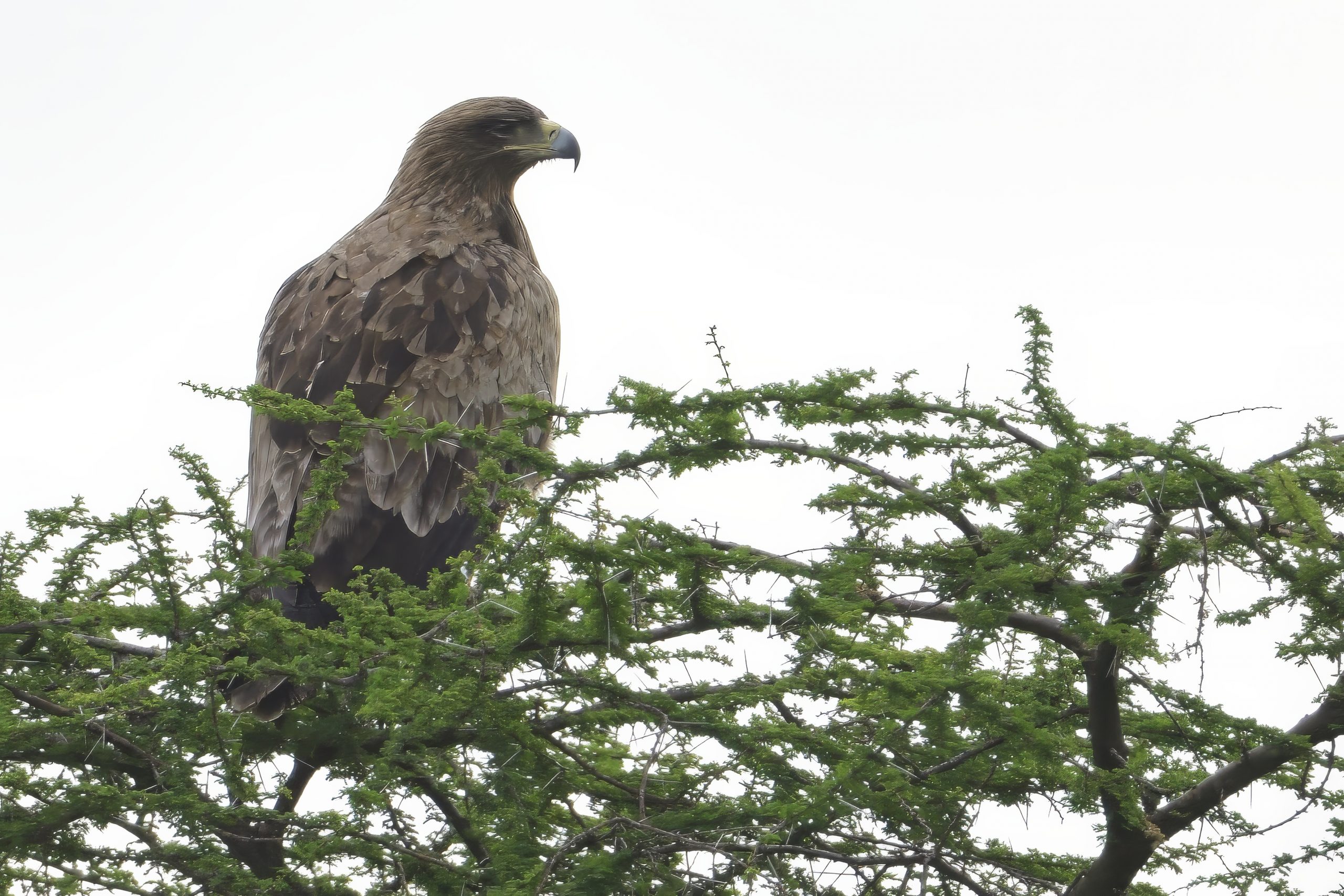
Tawny Eagle, Aquila rapax

Beesley+s Lark, Chersomanes beesleyi, Endemic to a small area north of Arusha, Tanzania

Kori Bustard, Ardeotis kori
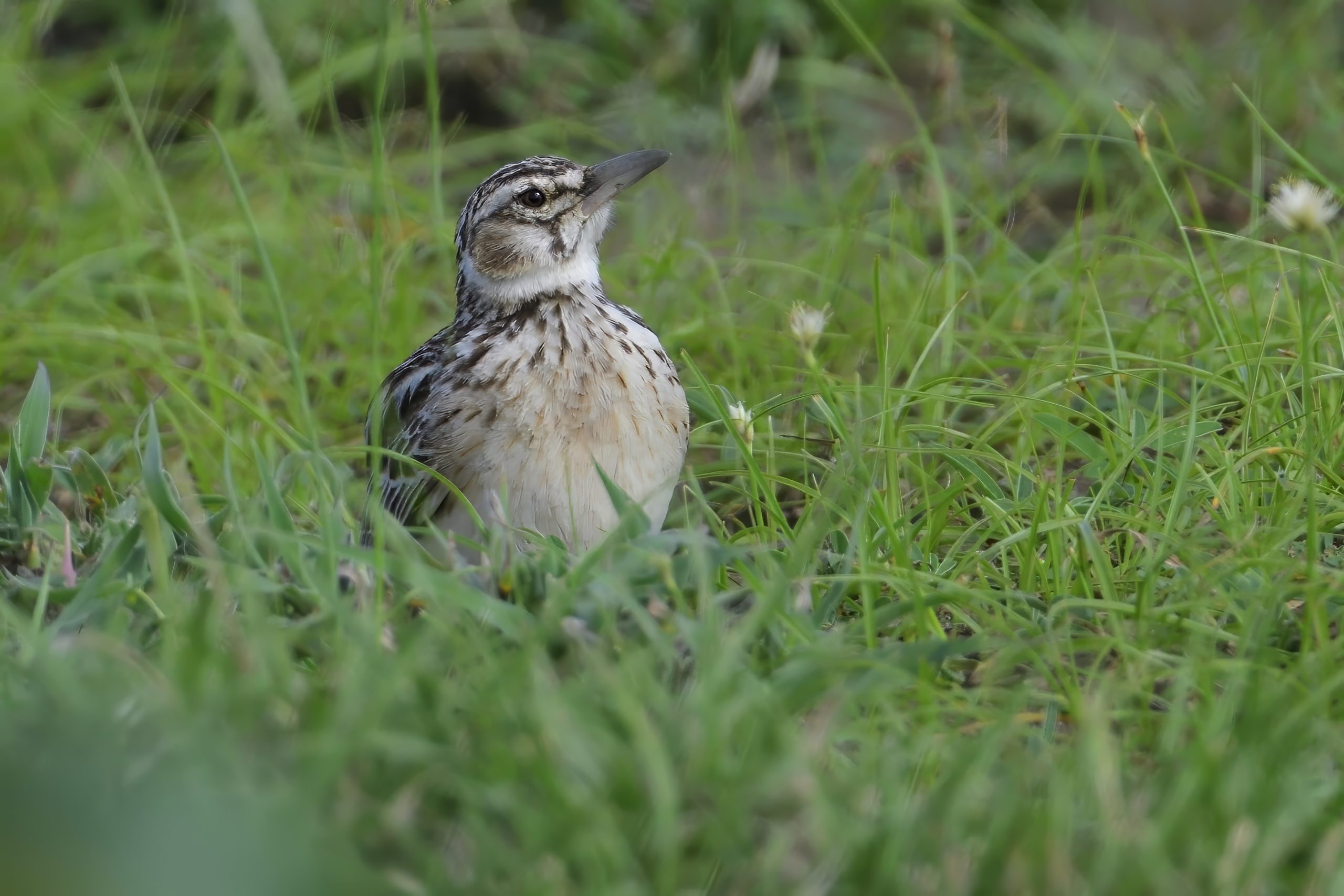
Short-tailed Lark, Spizocorys fremantlii, Endemic to NE Africa

Northern Wheatear, Oenanthe oenanthe

Capped Wheatear, Oenanthe pileata

Isabelline Wheatear, Oenanthe isabellina

Grey Kestrel, Falco ardosiaceus

Rosy-patched Bushshrike, Telophorus cruentus, Endemic to NE Africa
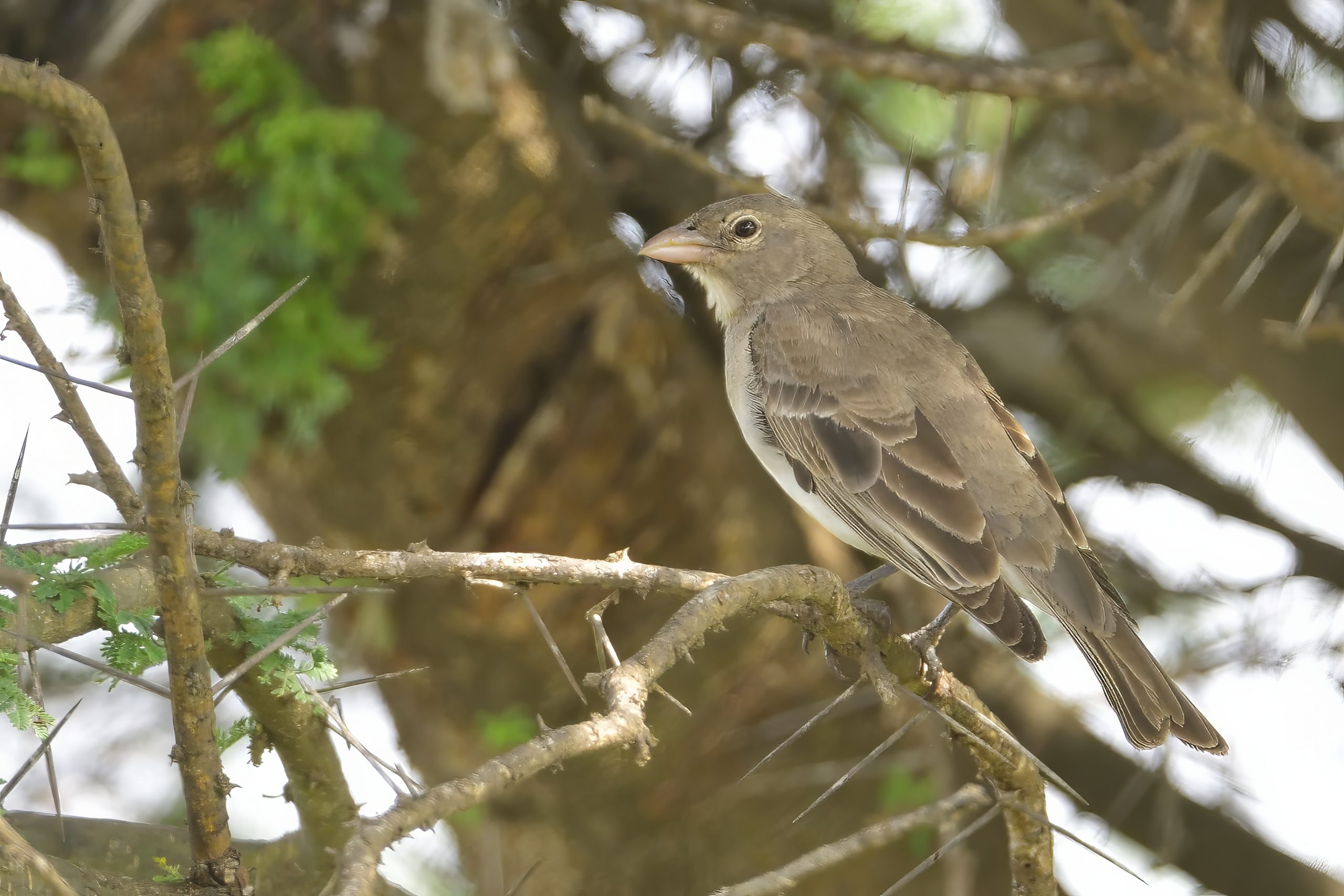
Yellow-spotted Bush Sparrow, Gymnoris pyrgita

Common Rock Thrus, Monticola saxatilis

Grey-capped Social Weaver, Pseudonigrita arnaudi, Endemic to NE Africa

Red-throated Tit, Melaniparus fringillinus, Endemic to N Tanzania and S Kenya
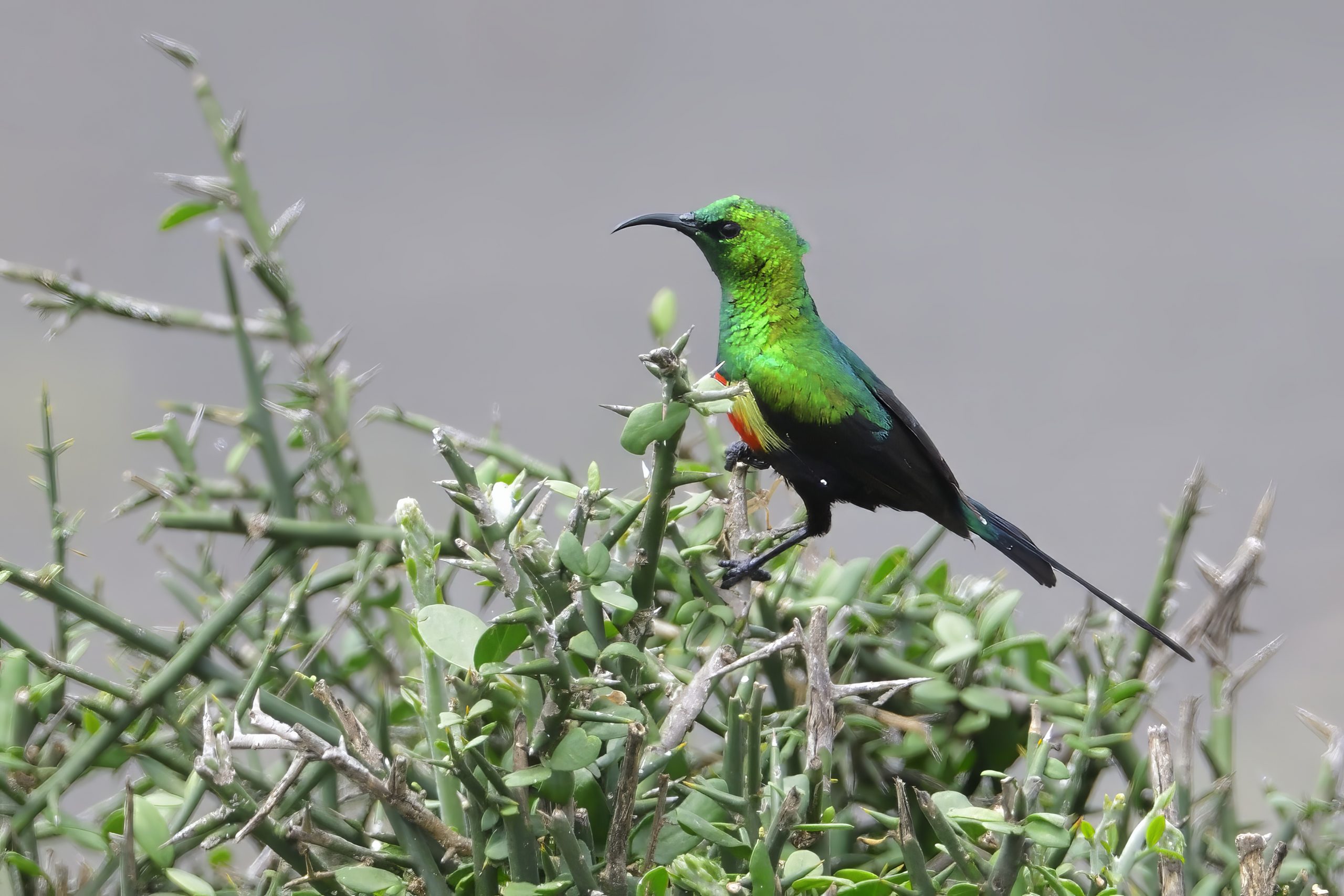
Beautiful Sunbird, Cinnyris pulchellus (Also a potential split)

Nortern Wheatear (male) Oenanthe oenanthe

Little Rock Thrus (juvenile), Montocola rufocinereus, Endemic to NE Africa
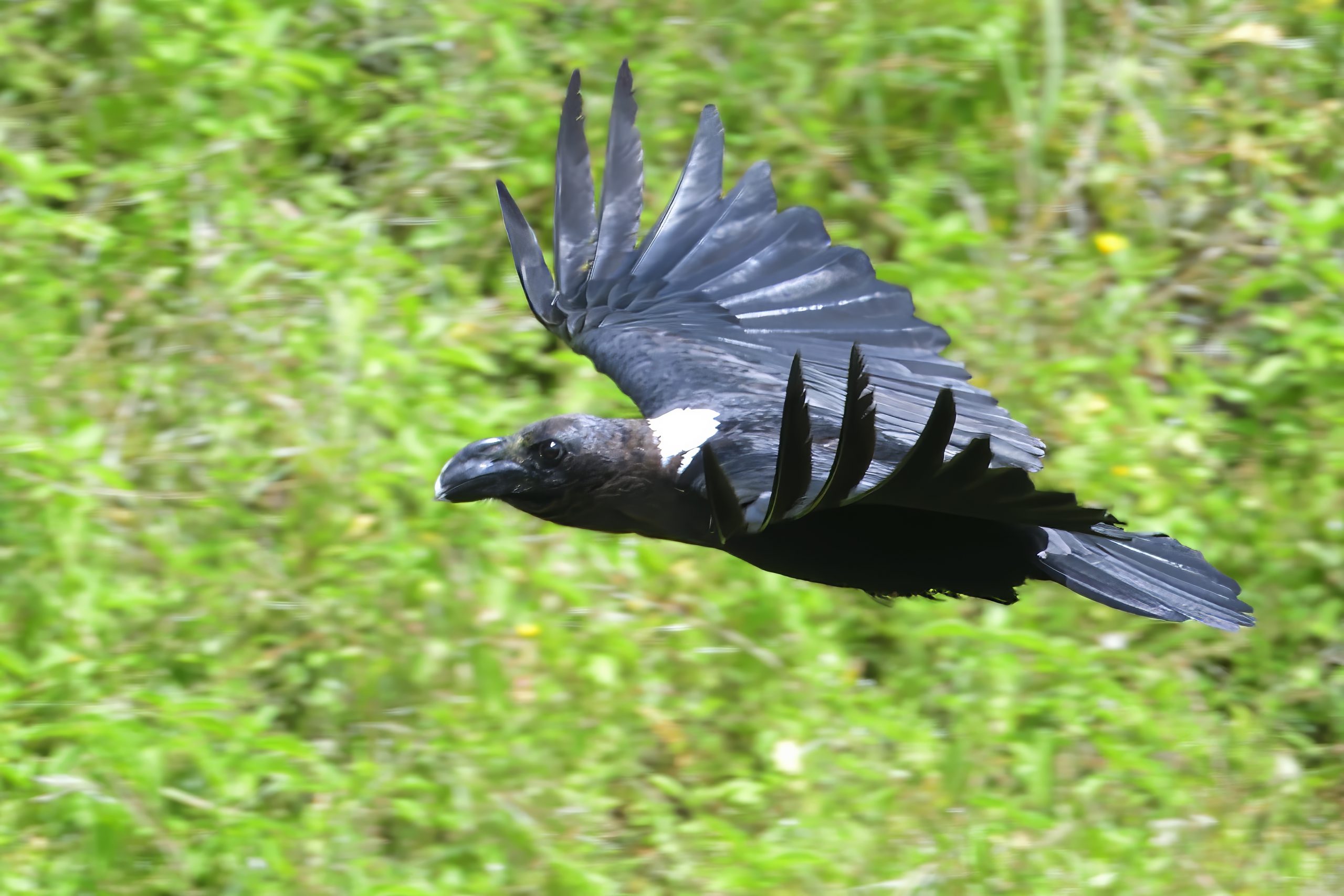
White-necked Raven, Corcus albicollis

Singing Cisticola, Cisticola cantans
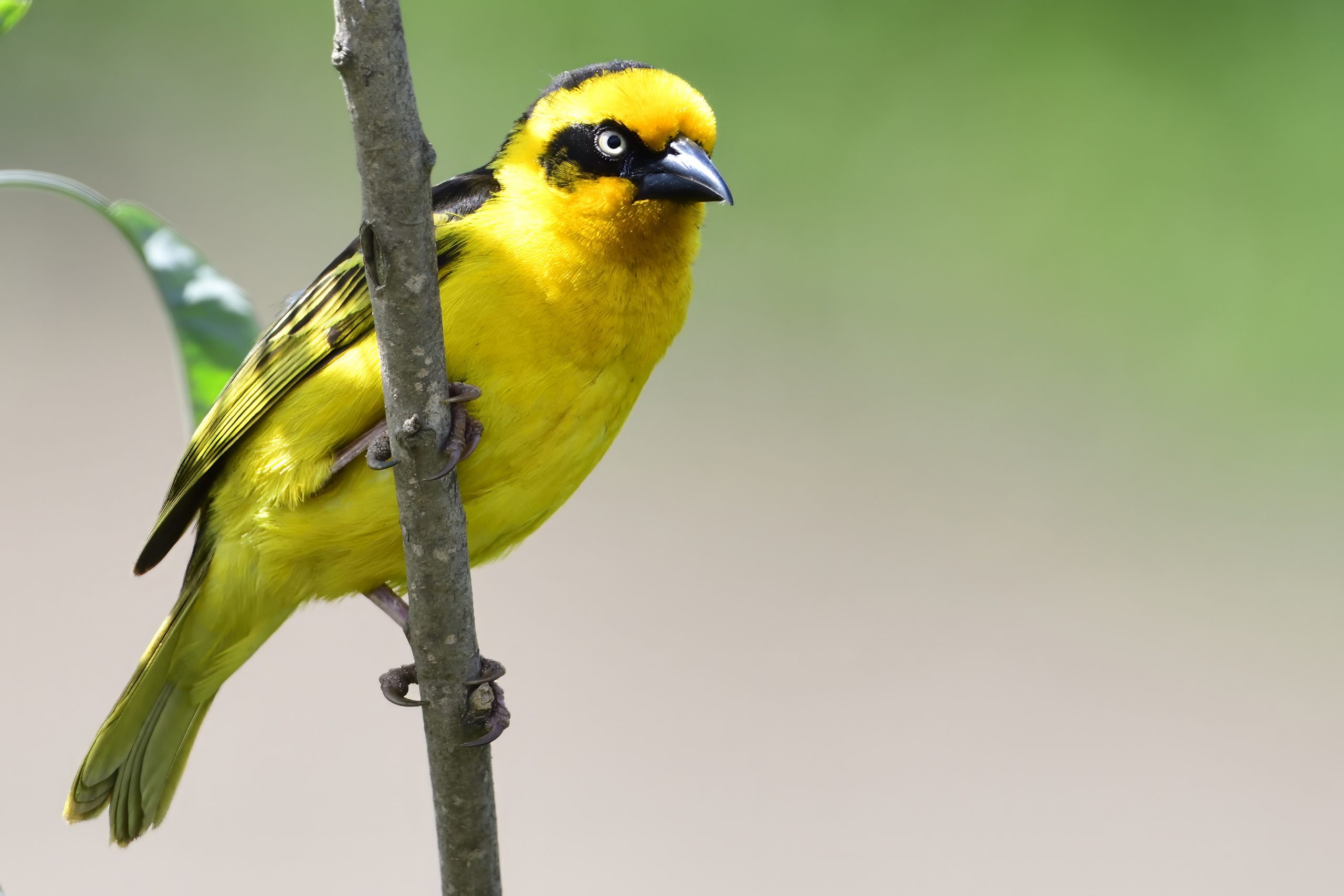
Baglafecht Weaver, Ploceus baglafecht

White-fronted Bee-eater, Merops bullockoides
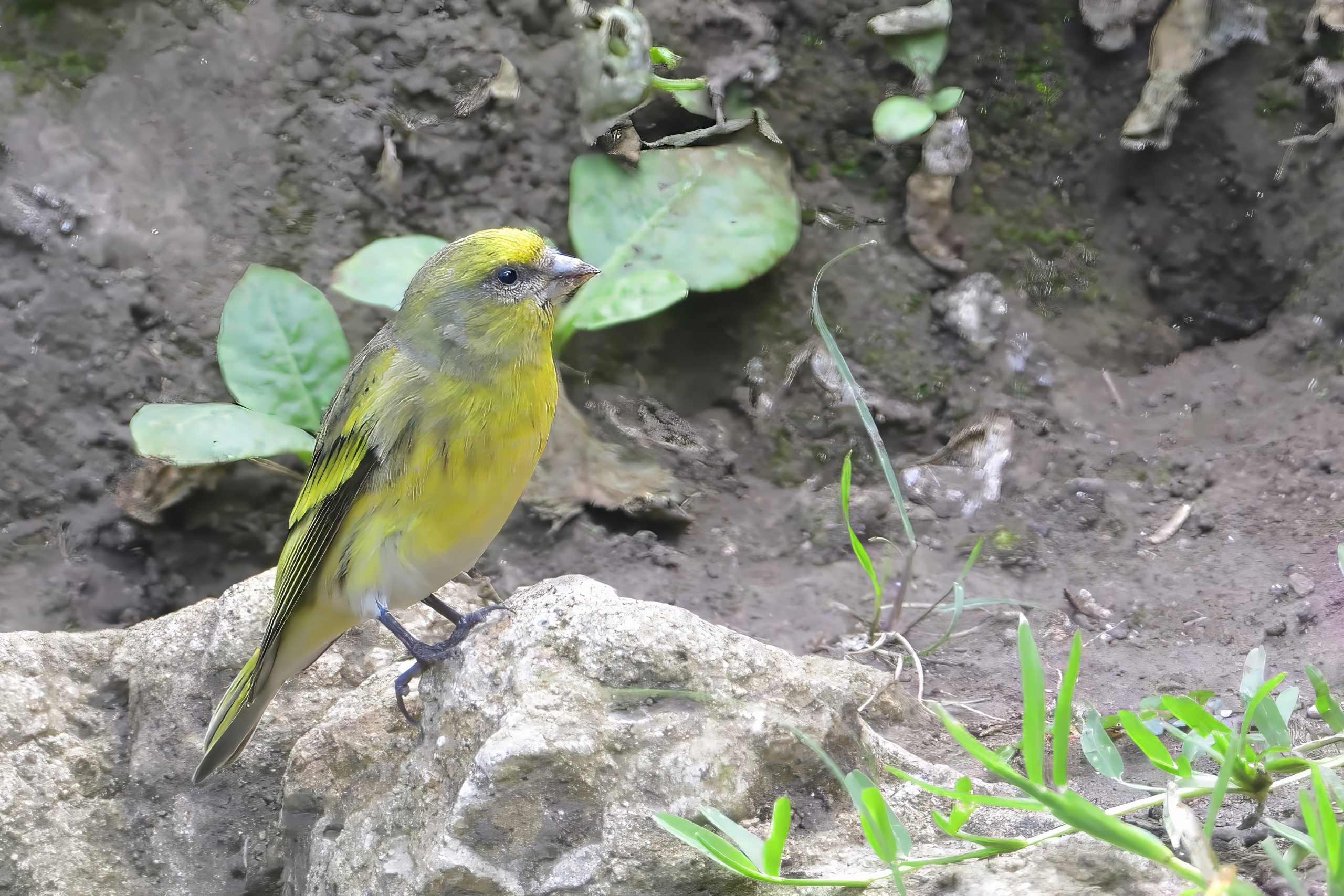
Yellow-crowned Canary, Serinus flavivertex

Long-billed Pipit, Anthus similis

Black Bishop, Euplectes gierowii, (Eastern race friederichseni about to be split from the western race ansorgei)

Lyne´s Cisticola, Cisticola distinctus, Endemic to E Africa

Yellow Bishop, Euplectes capensis

Scahlow´s (Abyssinian Wheatear) Oenanthe Schalowi

Red-eyed Dove, Streptopelia semitorquata

Black Kite, Milvus migrans
Day 5: Wednesday, January 31: Tarangire NP to Karatu
We had an early start and stopped just before the entrance to the National Park. here we picked up: Lilac-breasted Roller, Silverbird, Brubru, Rufous-tailed Weaver, Swahili Sparrow, Red-billed Buffalo Weaver, White-browed Sparrow Weaver, Red-faced Crombec, Black Bishop, White-headed Buffalo Weaver and Northern Red-billed Hornbill. I sent my friends birding with Dilenga while I organised entry passes to the park. From the entrance to our breakfast spot we picked up amongst others these species: Ashy Starling, Yellow-collared Lovebird, Northern White-crowned Shrike, Tawny Eagle, White-winged Widowbird, Barn Swallow, Red-necked Spurfowl, Fork-tailed Drongo, Yellow-necked Spurfowl, Speckle-fronted Weaver, European Bee-eater, Long-crested Eagle, Red-backed Shrike, D´Arnaud´s Barbet, Spotted Flycatcher, White-backed Vulture, White-faced Whistling Duck, Pin-tailed Whydah, Egyptian Goose, Blue-cheeked Bee-eater, Knob-billed Duck, Bateleur, Common Greenshank and Wood Sandpiper. We had breakfast. The park were extremely wet. After breakfast, we continued. I already knew plenty of my loops I needed to avoid. Here are some of the birds we picked up after breakfast: Striped Kingfisher, White-browed Coucal, Eastern Grey Woodpecker, Yellow-billed Stork a huge flock of Collared Pratincole, Verreaux´s Eagle-Owl, African Hoopoe and African Palm Swift. We were now on one of the river loops and many of the Landcruisers had problems. I managed to get through the worst of the mud with my Land Rover, but it was a bumpy ride. Some of my friends complained. I told them it were part of the African experience. Then I did something stupid. At a part, I always avoid, it looked like other people had driven. I ended up stuck. This is also part of the African experience. I wonder how many Safari vehicles that never have been stuck. Dilenga and I worked hard to get the car free and after a while to my big surprise, my friends abandoned us and got a ride with another car. I asked where they were going, they said to get help. I told them the nearest help would be in Makuyuni, but they did not want to listen. Soon after with the help of another car, we managed to get my car out. We had absolutely no clue were my friends were, but lucky enough, I recognised the car they were in. We drove towards our lunch spot and I avoided all the productive river loops. We only picked up Double-banded Courser, Crested Francolin and Common Ostrich on the way. Before Matete picnic site, I took my normal route. It were wet, but many vehicles had past, so I was not afraid. My friends freaked out and asked if it were necessary to drive there. At any rate, we ended up at Matete picnic site and my friends spent 1/2 an hour discussing away from us. Time we could have spent on having lunch. At any rate time were flying. My friends decided we should take the main road back to the gate and hence, we did not find any birds except for a huge flock of Abdim´s Storks just before Makyuni. We continued to Karatu and checked in, had dinner and retired early to bed.
Some pictures from Day 5:

Silverbird, Empidornis semipartitus, Endemic to EC Africa

Rufous-tailed Weaver, Histurgops ruficauda, Endemic to Tanzania and S Kenya
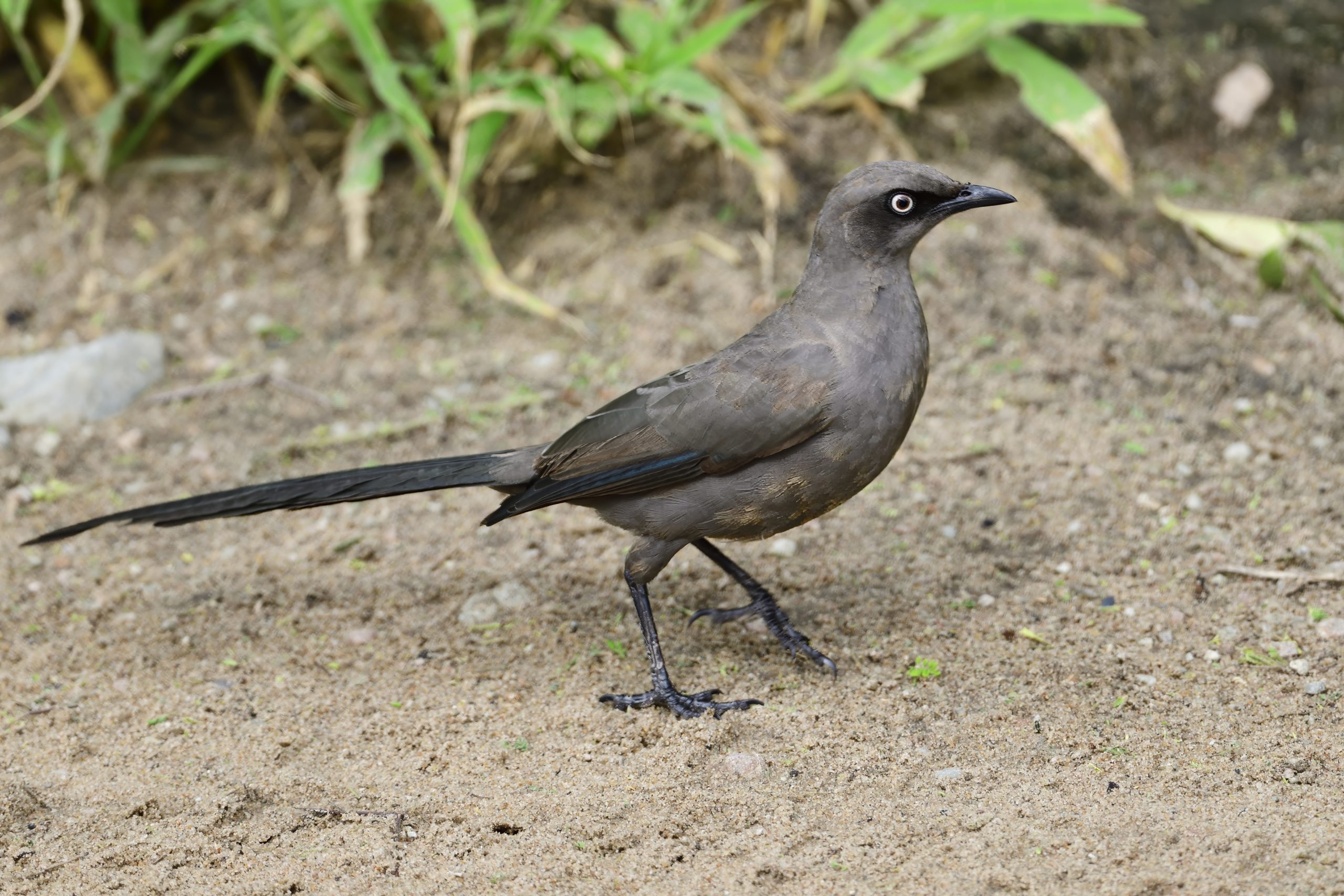
Ashy Starling, Lamprotornis unicolor, Endemic to Tanzania

Red-necked Spurfowl, Pternistis afer

Yellow-necked Spurfowl, Pternistis leucoscepus, Endemic to NE Africa

Speckle-fronted Weaver, Sporopipes frontalis

European Bee-eater, Merops apiaster

Long-crested Eagle, Lophaetus occipitalis

Blue-cheeked Bee-eater, Merops persicus

Juvenile Bateleur, Terathopius ecaudatus

Abdim´s Stork, Ciconia abdimii
Day 6, Thursday, February 1, 2024: Endoro Trail Karatu, Lake Eluanata – Kiligolf
It is only a short drive from our guest house to the start of the Endoro trail. We were there just before 08:00. Our local guide Emmanuel were there to welcome us. We waisted no time and started our walk. Here are some of the birds we encountered on the way up to the Elephant caves. Actually, due to the very muddy conditions, we never reached the caves: African Emerald Cuckoo, Spectackled Weaver, Grey-backed Camaroptera, White-tailed Blue Flycatcher, White-browed Robin-Chat, Black-backed Puffback, African Hill Babbler, Brown-headed Apalis, Green-headed Sunbird, Thick-billed Seedeater, Mbulu White-eye, African Dusky Flycatcher, Mountain Buzzard, Cinnamon-chested Bee-eater, Collared Sunbird, Grey-Olive Greenbul, Grey-capped Warbler, Red-faced Cisticola, Lemon Dove, Purple-throated and Grey Cuckooshrike. As mentioned, it were too muddy to continue so we turned and on our way down, we added Schalow´s Turaco, Klaas´s Cuckoo, Narina Trogon and while having breakfast at the entrance, Red-capped Robin-Chat. After breakfast, we drove down the Eastern escarpment of the rift valley and at Nanja, we turned down to Lake Eluanata: Here are some of the birds encountered: Red-billed Teal, Namaqua Dove, Cut-throat Finch, Red-headed Weaver, Black-winged Stilt and Common Quail. Too bird the area effective takes some offroad driving, but my friends were not in the mood for that, so we cut it short and drove home.
Some pictures from Day 6:
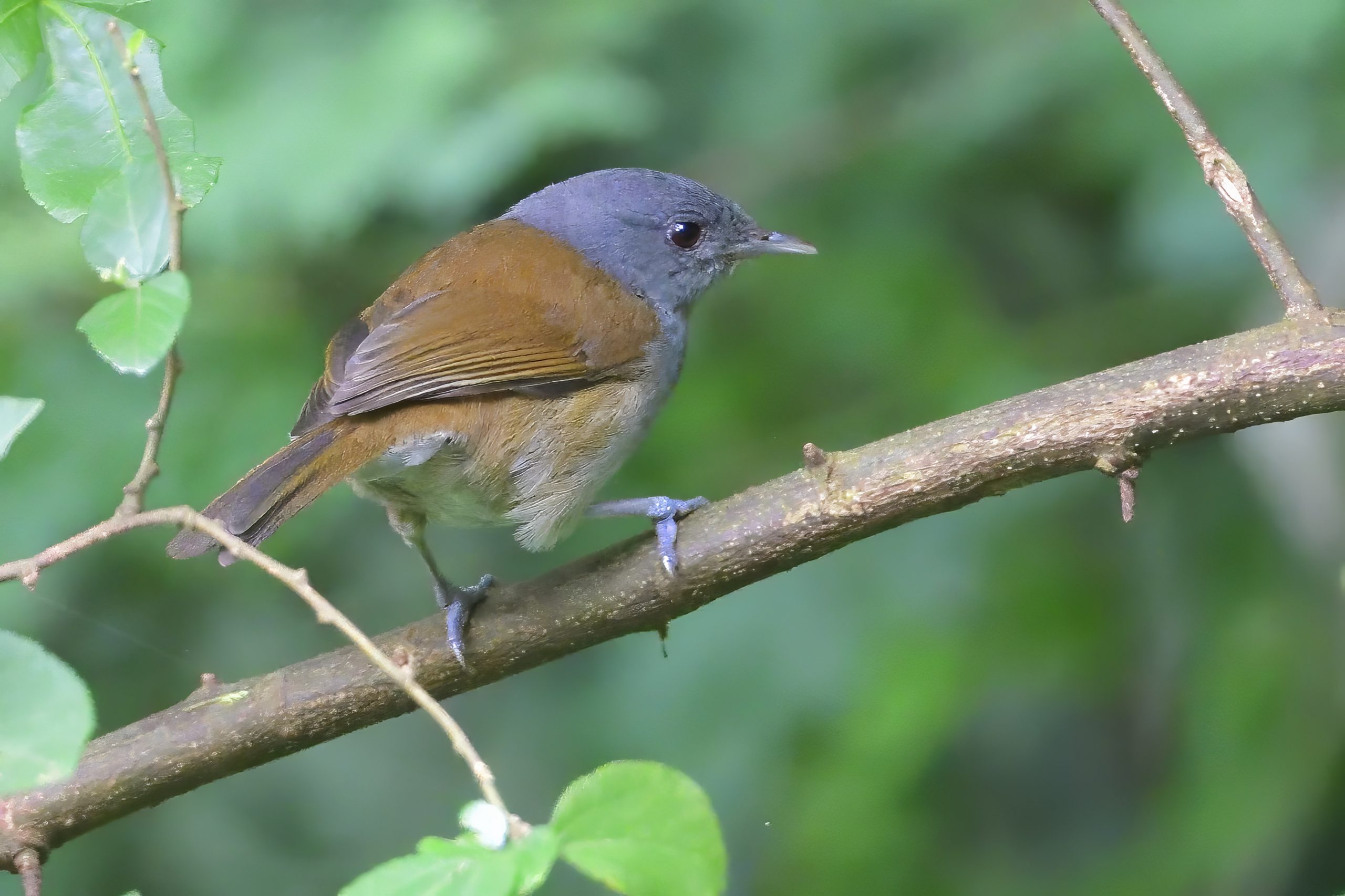
African Hill Babbler, Sylvia abyssinica

Brown-headed Apalis, Apalis alticola
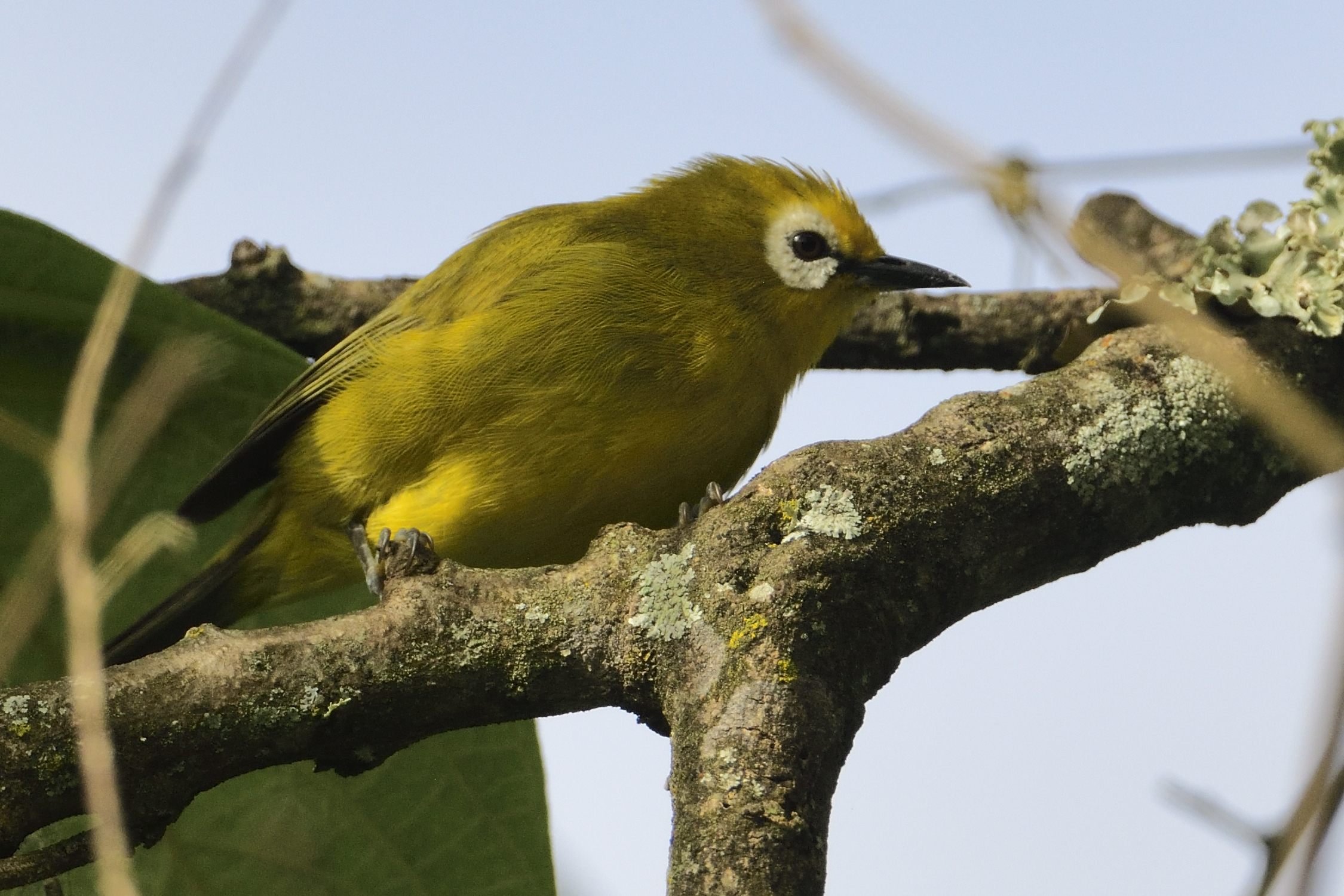
Mbulu White-eye, Zosterops mbulensis, Endemic to N. Tanzania and S. Kenya

Red-faced Cisticola, Cisticola erythrops

Red-capped Robin-Chat, Cossypha natalensis
Day 7, Friday, February 2, 2024: Masai Steppes
We were at the start of the Masai Steppes around 08:00. On the way we picked up Little Egret, House Crow and Speckled Pigeon. We stopped and popped up the roof. I played the Pearl-spotted Owlet and a number of birds came in: Violet-backed Starling, Parrot-billed Sparrow, Black-necked Weaver, Spot-flanked Barbet and the Pearl-spotted Owlet. We birded slowly and towards a new breakfast spot, we added: Klaas´s and Diederik Cuckoo, Eastern Violet-backed Sunbird, Bare-eyed Thrush, Straw-tailed Whydah, Red-bellied Parrot, Common Cuckoo, Blue-capped Cordon-bleu, Black-throated Barbet, Grey Wren Warbler, Golden-breasted Starling, Jacobin Cuckoo and Rosy-patched Bushshrike. We parked under the shade of a big Acacia tree, had breakfast and added Scaly Chatterer. We drove on towards my normal breakfast spot and picked up Wattled Starling on the way. We took a walk and added Pringle´s Puffback, Northern Crombec, Hunter´s Sunbird, Tsavo Sunbird, Yellow-bellied Eremomela, Steel-blue Whydah and White-throated Robin. We continued towards a nesting colony of Black-capped Social Weavers. We turned and drove towards Shambalay Dam. As anticipated the water level were much to high and no roads available. We scanned from the car and added White-winged Tern, African Jacana, Malachite Kingfisher and Squacco Heron. I knew from experience that with the water level so high, we could find a few more birds downstream from Mererani towards the airport. Here are some of the birds we found: Great Egret, Nubian Woodpecker, Marabou Stork, Wolly-necked Stork, Spur-winged Lapwing, African Sacred Ibis, Fulvous Whistling Duck and Red-winged Starling. We reached the airport and drove home avoiding the bumpy road from Mererani and home. We arrived home and it were time for Lynne to leave us. The safari with the Swedish couple were supposed to start the day after. So far, we had used my Green Land Rover. I had experienced a problem with the power steering of the car, but had managed fine. To my surprise, the Swedish couple wanted to have a meeting with me were they informed me that they would not continue the trip. I asked why and they said safety. I was very confused. They complained that I had driven with a dirty windshield and dirty head lights (in daylight) from Tarangire to Karatu. That the noice from the car were too much and of course the lack of power steering. They also complained that there were not three point seat belts in the back of the car (No safari vehicles have that, not mandatory) and that my driving were not good. Driving in Tanzania is not like driving in Europe and US. Here you need to overtake slow lorrys doing 15km an hour even though there is a double line. I know where the police are and in my opinion we were driving slow. I said we were going to use my other car on the safari and they asked why have we not used that before? I said we had been birding from the car quite often and my Green Land Rover has a pop up roof that my white does not have. On the Safari we would do all the birding on foot and the White has more space for luggage. Also the White has 3 Point Seat Belts in the back. Anyway, their decision were made so nothing I could do. They left in the taxi with Lynne. The trip were in other words cut short. People coming here has to realise that this is Africa. The road standards are not like Europe or US and you can not be stuck behind a lorry for half an hour. I have never had any complaints of my driving before. I consider myself a very good driver miles better than any of the local Safari drivers.
Some pictures from the last day:

Common Cuckoo, Cuculus canorus

Diederik Cuckoo, Chryssocoocyx caprios

Black-throated Barbet, Tricholaema melanocephala

Scaly Chatterer, Argya aylmeri, Endemic to NE Africa

Tsavo Sunbird, Cinnyris tsavoensis, Endemic to East Africa

Namaqua Dove, Oena capensis
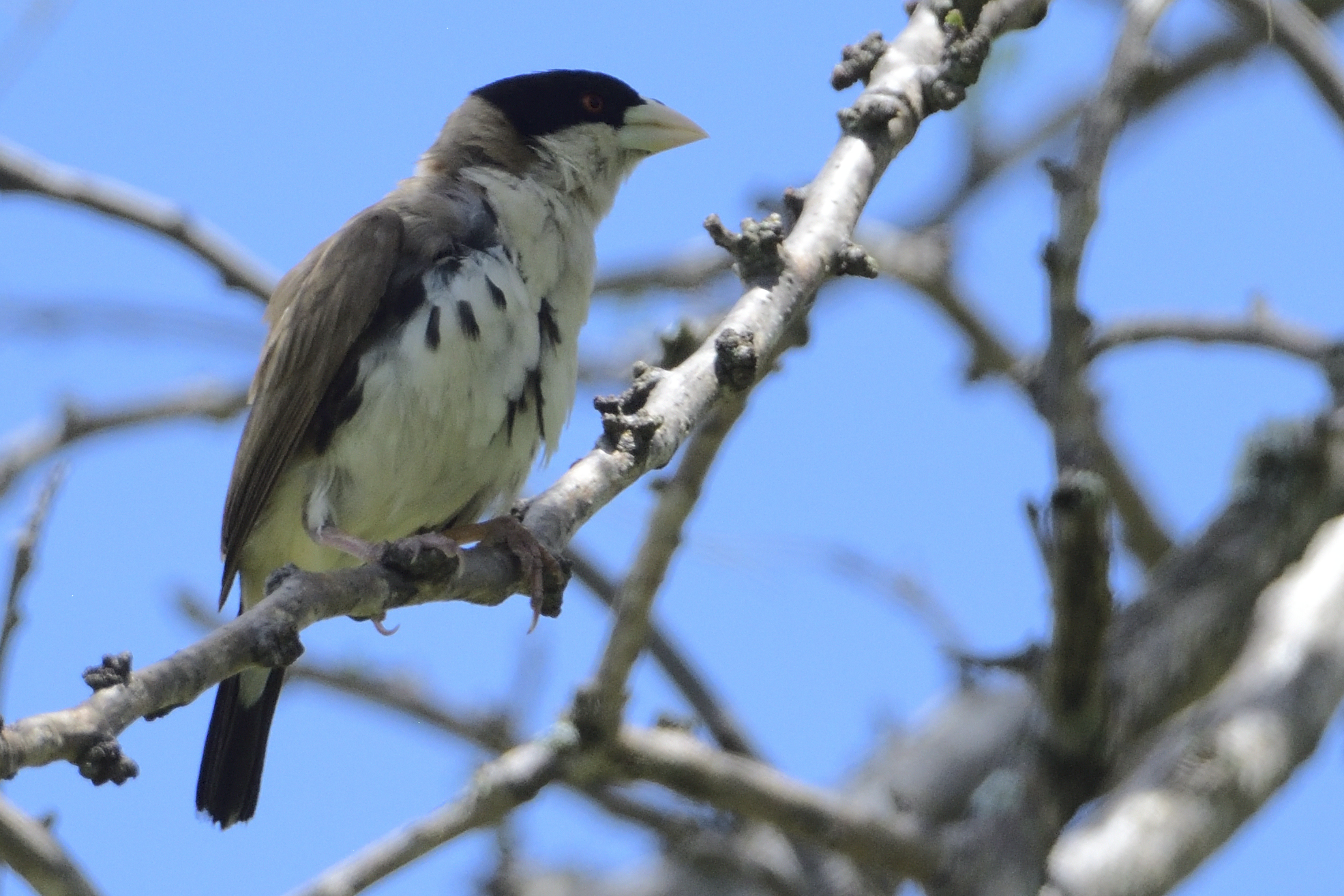
Black-capped Social Weaver, Pseudonigrita cabanisi

Marabou Stork, Leptoptilos crumenifer